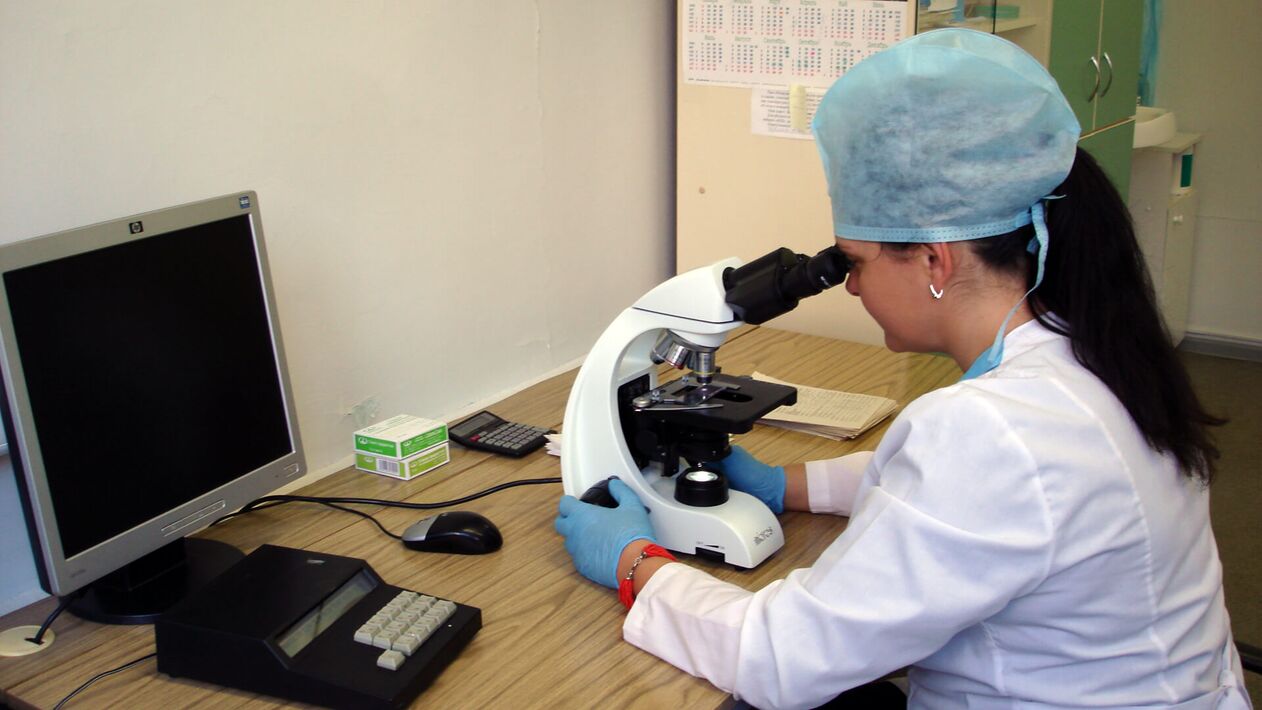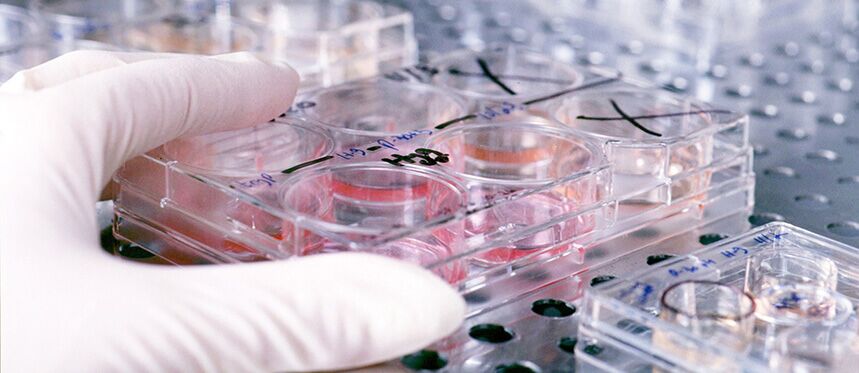
Discharge from a man's penis can tell about his man's health, the presence of diseases of the genitourinary system. Often, discharge is the only or one of the symptoms of a serious illness, so you need to be careful about it, pay attention to changes in color, smell, consistency, etc.
Discharges from the male genital organs refer to all discharges from the urethra, sebaceous glands and skin, prostate ducts and ejaculatory ducts. Depending on the nature of their occurrence, they are divided into physiological and pathological. The latter appears as a result of the development of infectious, inflammatory or other diseases of the prostate, bladder or other organs of the genitourinary system.
Everything is normal: physiological discharge
There are three types of physiological secretions, which, to one degree or another, are released from the penis, and do not indicate the presence of disease:
- urethrorrhea;
- smegma;
- sperm
urethrorrhea
In most cases, the clear discharge in men is libidinal or physiological urethrorrhea. This is the secret of the transparent color secreted by the urethral gland. Secretion flows from the urethra, usually at the time of stimulation. The secret purpose is to lubricate the ducts before the passage of the sperm.
The amount of urethrorrhea excreted can be insignificant or quite a lot. It depends on the period of sexual abstinence, as well as the individual characteristics of the man. After prolonged abstinence from sexual intercourse, along with urethrorrhea, a small amount of sperm may be released, which will change color.

It should be remembered that in the case when the amount of discharge has become larger than usual, it is necessary to consult a doctor, because such a phenomenon may indicate the development of the disease.
Smegma
Smegma, also called preputial lubrication, is secreted by glands located on the foreskin. The secret purpose is to reduce friction between the head of the penis and the foreskin. Smegma is constantly released. During puberty, it can be more, in old age - less.
Smegma consists of fat and bacteria. It accumulates under the leaves in the foreskin. Subject to daily hygiene procedures, the secret is easily removed. Otherwise, its accumulation is an excellent environment for the development of bacteria, which leads to the inflammatory process. If the grease is not washed in time (this should be done at least once a day), then it begins to crumble and rot. From this, it changes color from white-transparent to yellow or green. There is an unpleasant smell.
Sperm
Sperm refers to the physiological secretions of the male sexual organ. Normally semen is a mixture of gonadal secretions and spermatozoa, released during sexual intercourse or masturbation. Although men are also faced with the involuntary release of sperm, which is called a wet dream. Most often it occurs in adolescent males, when puberty occurs, or with prolonged abstinence. Involuntary ejaculation occurs at night or early in the morning, as it is associated with testosterone production.
Natural male secretions also include urine, which can be transparent, yellow or light brown in color, and prostate secretions. The specific smell of spermine will help distinguish prostorrhoea. The discharge is thick and whitish in color. Changes in the amount of discharge, its color and smell, as well as the appearance of turbidity or mucus may be the first symptoms of prostatitis or cancer.
Pathological discharge
The causes of pathological discharge can be very different. This includes:
- inflammatory processes, including those caused by conditionally pathogenic flora itself;
- oncological diseases;
- STDs;
- as a result of surgery or injury.
Also, pathological discharge varies in color. They can be white, gray, yellow, brown and so on. In addition, there may be an admixture of blood or pus. The nature of discharge can be rare or abundant, it can be allocated continuously or periodically, for example, in the morning or after going to the toilet, etc.

Different diseases often have the same secretion, but at the same time, one disease can manifest itself in different representatives of the stronger sex in different ways. It is impossible to self-diagnose a disease by secretion. If you notice any changes in color, abundance, smell, or the presence of a mixture of mucus, blood or pus, you should definitely visit a doctor and undergo the necessary studies.
Discharge from the penis associated with STDs
Sexually transmitted diseases are most often accompanied by:
- Transparent secretion of mucus, which is viscous. Usually, their small number indicates the presence of mycoplasmal or ureaplasmal urethritis, or the development of chronic chlamydia. Microscopic examination showed a moderate number of leukocytes.
- Mucopurulent discharge of transparent or white color occurs with mycoplasmosis or ureaplasmosis. They can also accompany chlamydia. In this case, the discharge sticks to the head of the penis.
- Purulent discharge in men indicates gonorrhea. They can be brown, yellow or greenish in color, have an unpleasant stench and are very dense. It also contains an increased number of leukocytes and microscopic epithelial particles. Abundance depends on the stage of development of the disease. Other symptoms of gonorrhea are itching and burning, which increases after going to the toilet, pain and discomfort in the genital area.
A characteristic of sexually transmitted diseases is that several infections are the causative agents at once. In this case, the course of the disease, as well as the nature and amount of discharge, can change significantly, therefore, it is impossible to diagnose the disease without a clinical study of the discharge alone.
Self-diagnosis and subsequent self-treatment of sexually transmitted diseases with antibiotics leads to the fact that the symptoms of the disease disappear, but the cause remains. After completing the course of treatment, the disease attacks with renewed vigor, so you should not start the disease and self-medicate. The appointment of effective treatment depends on the correct diagnosis. And it is impossible to establish it, based only on the nature of the discharge.
Discharge associated with non-genital inflammation
In the body of each person, the so-called conditionally pathogenic flora is always present, for example, Candida fungi, E. coli, streptococcus and others. Usually it is not felt, but in certain conditions (hypothermia, stress, weakness of the immune system) it can cause an inflammatory process.

Diseases of the genitourinary system, the causative agent is its own flora, also accompanied by secretions:
- Mucopurulent discharge often accompanies non-gonococcal urethritis (inflammation of the urethra). Their characteristic feature is a slight abundance, which may increase between major urinary disturbances. The disease is not characterized by other symptoms (pain, itching), or they are very poorly expressed.
- Balanoposthitis is accompanied by abundant yellow or green mucus secretion, sometimes with pus. Symptoms of inflammation of the foreskin are intense redness, as well as pain and redness on the head of the penis.
- The appearance of prostatitis is characterized by cloudy discharge after urination. During the period of the acute form of the disease, the discharge becomes very abundant, and when it enters the chronic form, it changes color to whitish and decreases in quantity.
- Candidiasis or thrush caused by the fungus Candida is accompanied by a curdled discharge with a distinctive sour smell. There is redness on the head and foreskin, there may be pain or itching. The cause of candidiasis is the use of antibiotics, chemotherapy or radio wave treatment, as well as other factors that suppress the immune system.
- Gardnerellosis of the urethra occurs as a result of a violation of the microflora (dysbacteriosis) and is accompanied by a slight discharge of yellow or green color with a characteristic fishy smell.
The discharge is not associated with an inflammatory process
Discharge that does not accompany the inflammatory process is very rare in the stronger sex. The cause of the secretion is mechanical damage, diseases of the nervous system, oncology, and so on.
- Spermatorrhea - spontaneous flow of sperm. The appearance of such secretions is not at all associated with sexual intercourse or masturbation. Ejaculation is not accompanied by orgasm. The cause of this phenomenon is most often neurological diseases, as well as spinal injuries. The vas deferens loses tone and the ability to retain sperm.
- Hematorrhea is bloody discharge from the urethra. Hematorrhea appears as a result of mechanical damage to the urethra in the process of taking a smear, instrumental examination, installing a catheter, etc. Additionally, spotting after urination may indicate gallstones, tumors, or other serious conditions.
- Prostatorrhea - secretion of prostate secretions. The cause of prostorrhoea is the relaxed muscles of the excretory duct of the prostate gland. The same phenomenon often accompanies prostatitis or adenoma.
- Brown discharge with or without mucus may indicate cancer of the prostate, bladder, penis, or urethra. The discharge may contain blood clots or pus.
Inspection to help determine the cause of the discharge
The appearance of pathological discharge may be associated with various diseases. Only a qualified doctor can determine the exact cause of the discharge, and prescribe the correct treatment.
Patients who complain of discharge from the penis need to undergo a series of studies that will help determine the cause of their appearance. The examination by the doctor begins with a detailed examination of the genital area for rashes, redness, and other visible symptoms. Often, the discharge remains on the underwear, which is also carefully examined by the doctor.

One of the mandatory stages of the examination is the palpation of the lymph nodes. The doctor checks whether they have increased or not, whether they remain mobile or immobile, whether pain appears when pressed, and so on.
The doctor also checks the nature of the discharge immediately and after 2-3 hours (the patient during this period must refrain from urinating). Prostate disease (adenoma, prostatitis or tumor) helps determine the palpation of the prostate gland. In normal conditions, both lobes of the prostate have the same size, in the presence of disease, one lobe is larger than the other.
The following clinical studies also help to determine the cause of discharge:
- general blood analysis;
- detailed urinalysis;
- blood sugar test (taken in the morning on an empty stomach);
- smear from the urethra;
- culture of urethral secretions.
In the case of infectious diseases, the smear plays an important role in making a diagnosis. This study allows not only to establish the pathogen, but also the prescription of the disease, its course, etc. The presence of an inflammatory process associated with infection is indicated by an increase in the number of leukocytes. The norm considers no more than 4 leukocytes in the field of view.
In order for the smear to provide the most accurate information about the patient's health status, it is necessary to prepare for the intake procedure. Before taking a smear, you should not urinate for at least 2 hours, as well as carry out water procedures. In addition, for three days it is necessary to stop local treatment with antibiotics or other drugs. A course of treatment with oral or injectable antibiotics must be completed 2 weeks before the study.
If discharge in men with an abundant odor or symptoms of other diseases are observed, then the doctor may prescribe:
- Ultrasound of the kidney, bladder or prostate;
- computed tomography;
- urography.
Doctors can make a diagnosis of cancer only after the biopsy results.
If the patient gets help with a lot of spots, then he is admitted to the hospital immediately. In other cases, treatment is carried out after determining the cause of the discharge.
Discharge from the male genital organs can be a symptom of a serious illness. But remember that only a doctor can determine the cause of this unpleasant phenomenon during examination and personal research. Self-medication only worsens the problem, and can lead to the development of complications. If you are worried about your man's health, if unusual discharge appears, do not delay a visit to a urologist.















































































